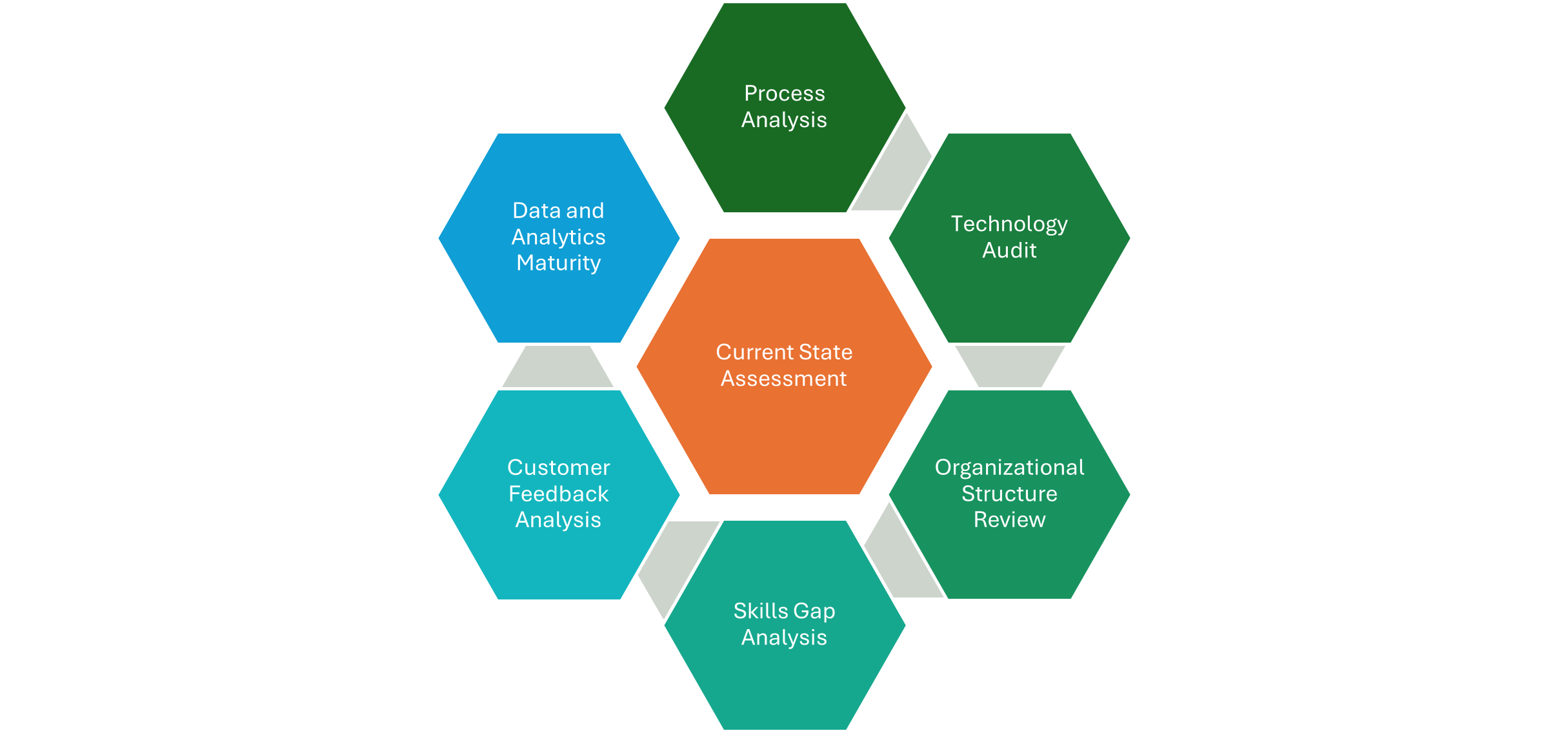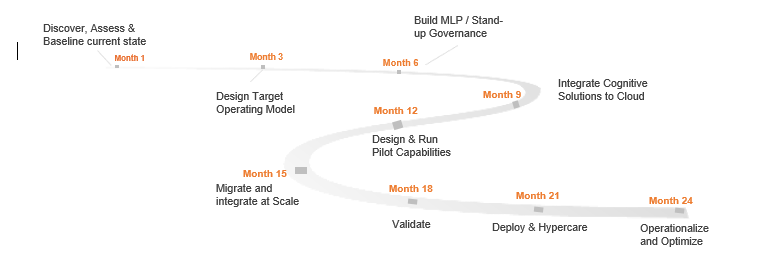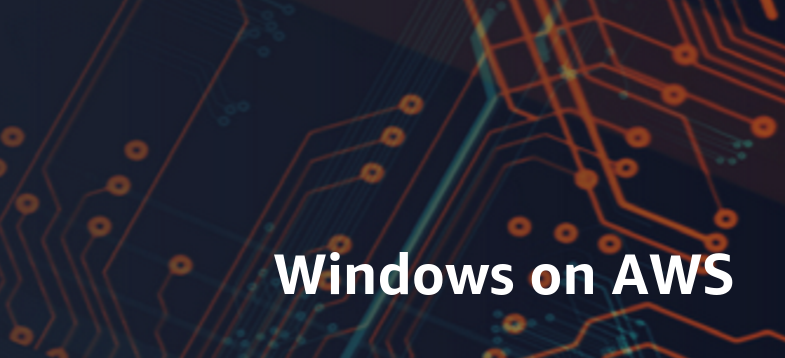Executive Summary
In an era defined by relentless digital disruption, traditional IT operating models are rapidly becoming obsolete, hindering sustained competitive advantage. This white paper outlines the strategic essentials for building next-generation IT organizations, enabling businesses to not only navigate but also capitalize on disruption. Infosys delves into how to unlock innovation and drive customer-centric growth through data-driven decision-making and the strategic deployment of cutting-edge technology. By providing a comprehensive guide to assessing, planning, executing, and sustaining a nimbler, data-oriented model, this paper empowers organizations to proactively address disruption and thrive in the continuously evolving digital landscape.
Introduction: The Imperative of NextGen IT in a Disrupted World
Today’s business landscape is characterized by unprecedented digital disruption, escalating customer expectations, and volatile market dynamics. In this environment, organizations must fundamentally rethink their operating models to remain relevant. Traditional, hierarchical structures and rigid processes are no longer adequate to foster the agility, innovation, and sustained competitive advantage required for survival and growth. Embracing a “NextGen Operating Model” is not merely an option but also a strategic imperative to navigate and thrive amid disruption. This paper explores the strategic essentials for transitioning to such a model, focusing on the definition of the target operating model (TOM) and a practical, disruption-aware implementation roadmap.
The NextGen Operating Model is built on the pillars of adaptability, customer-centricity, and data-driven decision-making — all crucial for navigating disruption. It leverages emerging technologies to anticipate and respond to market shifts, fosters collaborative ecosystems to enhance resilience, and empowers employees to drive continuous improvement, enabling organizations to turn disruption into opportunity. This transformation necessitates a holistic approach, encompassing people, processes, technology, and organizational culture — all strategically aligned to mitigate the impacts of disruption.
Target Operating Model: A Strategic Blueprint for Disruption Resilience
The cornerstone of a successful transformation lies in a well-defined TOM, designed to strategically address and leverage disruption. This involves a rigorous assessment of the current state, focusing on vulnerabilities and opportunities presented by disruption, and a clear, forward-looking vision for the future, centered on building resilience.
a. Current State Assessment: Identifying Vulnerabilities and Opportunities
The current state assessment serves as a baseline for identifying gaps and opportunities for improvement, with a specific focus on how current operations are impacted by and can respond to digital disruption. It should encompass:

Key questions to address during this phase include:
- Which key pain points in the organization’s current operations are exacerbated by digital disruption?
- How effectively is the organization meeting customer needs in a rapidly changing market?
- What are the limitations of the company’s current technology infrastructure in adapting to disruption?
- What are the skills and capabilities required to navigate future disruptions?
b. Future State Targets: Building Resilience and Agility
The future state outlines the desired characteristics of the NextGen Operating Model, designed to strategically leverage disruption. It should be guided by the organization’s strategic objectives and customer-centric principles, with a focus on building resilience and agility. Key elements include:

Critical questions to address during this phase include:
- What are the key capabilities required to achieve the organization’s strategic objectives amid disruption?
- How can the organization leverage technology to enhance customer experiences in a rapidly changing market?
- How can the company empower its employees to drive innovation and continuous improvement, enabling them to navigate disruption?
- How can it create a culture of adaptability and resilience?
- What metrics will be used to measure success in navigating and leveraging disruption?
Implementation Roadmap: A Phased Approach to Disruption Resilience
The implementation roadmap outlines the strategic steps required to transition from the current state to the desired future state, with a focus on building resilience against disruption. It should be phased and iterative, allowing for continuous learning and adaptation. Key elements include:
- Pilot Programs: Launching pilots to test and refine processes and technologies in a controlled environment, focusing on their effectiveness in navigating disruption.
- Change Management: Developing a comprehensive change-management plan to address employee resistance and ensure smooth adoption, with a focus on fostering a culture of adaptability.
- Technology Implementation: Implementing new technologies in a phased manner, ensuring seamless integration with existing systems and their ability to enhance resilience.
- Skill Development: Providing training and development programs to bridge skills gaps and empower employees to navigate disruption.
- Communication and Engagement: Maintaining open and transparent communication with all stakeholders throughout the transformation process, emphasizing the strategic importance of building resilience.
- Performance Monitoring and Evaluation: Establishing key performance indicators (KPIs) to track progress and measure the impact of the transformation, with a focus on metrics related to agility and resilience.
- Iterative Refinement: Allowing for continuous feedback and adaptation of the roadmap, based on new insights and changing market conditions, to ensure ongoing relevance in a disrupted landscape.

The roadmap should be tailored to the specific needs and context of the organization, with a strategic focus on building resilience. Key considerations include:
- Prioritization of initiatives based on their impact on building resilience and agility.
- Resource allocation and budget management, with a focus on strategic investments that enhance adaptability.
- Risk assessment and mitigation strategies, specifically addressing risks associated with digital disruption.
- Clear roles and responsibilities, ensuring accountability for building a resilient organization.
Conclusion: Embracing Disruption as a Catalyst for NextGen IT
Embracing a NextGen Operating Model is essential for organizations to not only survive but also thrive in the digital age characterized by relentless disruption. It requires a strategic and holistic approach, encompassing a thorough understanding of the current state, a clear vision for the future, and a well-defined implementation roadmap — all focused-on building resilience and agility. By prioritizing agility, customer-centricity, and data-driven decision-making, organizations can unlock new opportunities, enhance competitiveness, and create sustainable value, even amid disruption. The journey towards a NextGen Operating Model is continuous, requiring ongoing adaptation and innovation to stay relevant in a rapidly changing world.
Case Study
A US-based managed care organization is utilizing cloud services, primarily Microsoft Azure, with a projected spend of $11M in 2024 and an estimated $15M to $16M in 2025. This represents less than 10% of its hosting landscape. It recognized the need to optimize its cloud spend and improve its FinOps (Financial Operations) practices. The organization partnered with Infosys on a 10-week engagement to begin its FinOps’ maturity journey and unlock cost optimization opportunities. Infosys enhanced the FinOps maturity of the organization by establishing a foundation for a robust FinOps practice by defining target maturity state, a three-tiered operating model, and a roadmap for improvement. The target state was estimated based on the CareSource industry, size, cloud journey and data maturity.
References
- Bersin, J. (2019). The Irresistible Organization: Attract, Engage, and Retain Talent by Building a Human-Centered Workplace. Deloitte University Press.
- Agile methodologies, such as Scrum and Kanban, promote flexible and adaptive organizational structures. (2020). Schwaber & Sutherland.
- DAMA-DMBOK (DAMA International, 2017)
- COBIT 2019 Framework: Governance and Management Objectives. ISACA. (2018).
- Enterprise Architecture as Strategy: Creating a Foundation for Business Execution by Jeanne W. Ross, Peter Weill, and David C. Robertson








